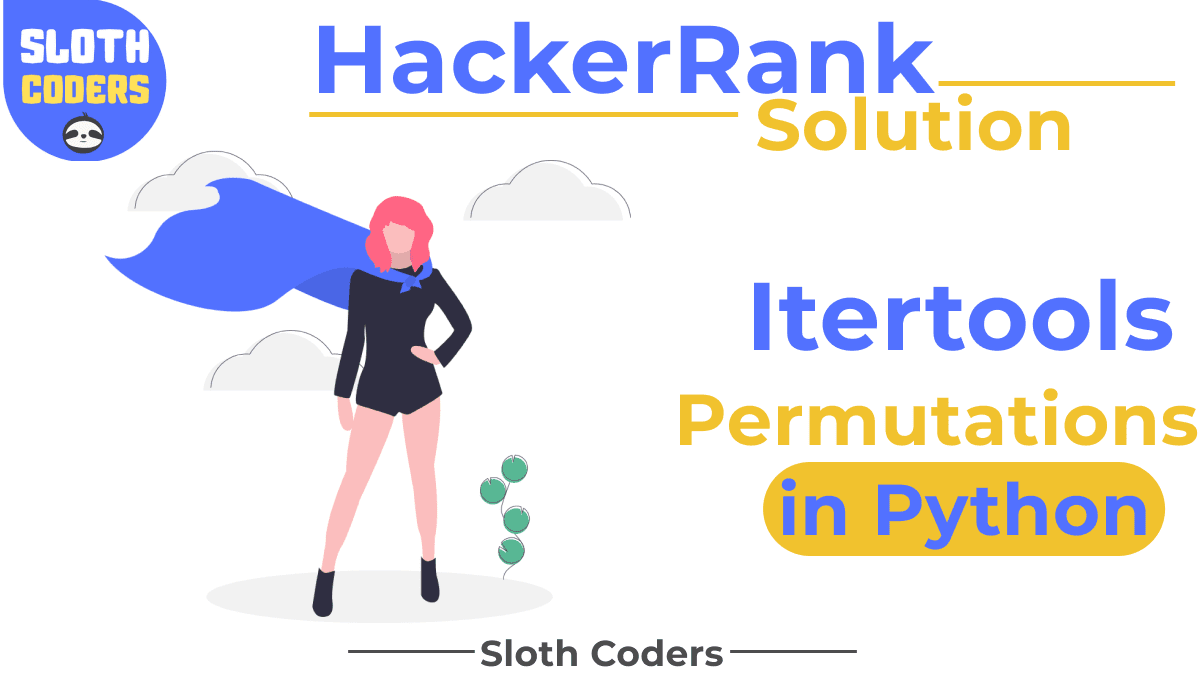
- #Itertools izip python 2.7 upgrade#
- #Itertools izip python 2.7 software#
- #Itertools izip python 2.7 code#
‘map’ and ‘filter’ return iterators in Python 3Įarlier in Python 2, it used to return the ‘list’.
#Itertools izip python 2.7 code#
So, to make your code work, just use zip instead of itertools.izip. In Python 3, there is no izip function in the itertools module because the builtin zip function (which doesn’t require any imports to access) now behaves as itertools.izip did in Python 2. To convert them into ‘list’ use list(temp_dict.values()) AttributeError: module ‘itertools’ has no attribute ‘izip’ But they return ‘views’ instead of a list. Now they are replaced by dict.keys(), ems() and dict.values() respectively. Urlparse → urllib.parse Dict methods, not supportedĭict.iterkeys(), eritems() and ervalues() methods are no longer supported in Python 3. Repr → reprlib, test.test_support → test.support, _builtin_ → builtins, Queue → queue, SocketServer → socketserver, markupbase → _markupbase, _winreg → winreg, ConfigParser → configparser, copy_reg → copyreg, Library modules renamedįollowing are the list of few modules whose names have been changed in Python 3.( Note: My project was using only these modules, but there could be more)
#Itertools izip python 2.7 upgrade#
In my project, I just had to upgrade Pyinstaller and asn1crypto versions. E.g., in my case, Pyinstaller 3.3.1 didn’t work in Python 3.7.5 instead, executing python binary threw this error “ Fatal Python error: initfsencoding: Unable to get the locale encoding.” The resolution was to upgrade Pyinstaller to 3.4 similarly, it can happen for other library packages as well. The library versions which used to work in Python 2 may not work in Python 3. Well, we have defined versions of library packages in requirements.txt for a particular project. We are all aware of virtual environments that are isolated Python environments and have the library packages specific to the projects. I am sure the entire blog is going to benefit and save the time of Python programmers who want this migration asap. It can save you from the trouble if you adopt the skill set now rather than waiting for much longer because the gap between the two versions is going to grow with times.

#Itertools izip python 2.7 software#
Hence I am listing down various issues that I encountered during the process and their solutions/workarounds so that any software developer/tester can migrate without the second thought. Migrating to Python 3.7.5 needed lots of changes. Large Python developer’s community supports Python 3 latest versions.

Supported and Maintained: We should use a Python version that is supported, stable, and maintained so that we could have a real chance of getting help if running into problems. Library changes and new features: Python 3 is better than Python 2 not because it has fixed most of the vulnerabilities or bugs, but there are also new developments in AI, machine learning and data science. Mass Python 3 adoption: Most of the companies have migrated to Python 3, or they are actively considering it in writing new tools and applications in Python 3. It indicates that Python 3 is an outright victor. Improper Neutralization of Special Elements used in a Command (‘Command Injection’) vulnerability in a sh-util module (make_archive function) that can result in denial of service, Information gain via injection of arbitrary files on the system or entire drive.ĭeclining support for Python 2: After Jan 2020, support of Python 2 will no longer be provided.Python 2 is vulnerable to DLL search order hijacking.CRLF injection is possible if the attacker controls a URL parameter. An issue was discovered in urllib2 in Python 2.x through 2.7.16 and urllib in Python 3.x through 3.7.2.And most of them are fixed in the latest Python 3 versions (3.7.5, 3.8.0). Vulnerabilities: Security-testing tools like Black Duck has reported many vulnerabilities, exploits, and security issues in Python 2. I could jot down the following reasons which give enough explanation of why we should go for python 2 to 3 porting: So I spoke to the stakeholders and also did some googling. But I wasn’t convinced why there is a need to migrate from Python 2 to 3 versions. Whoa!!! The entire source-code comprises around 700 python files, and it was a big task.

The tool was written entirely in Python 2.7.15, and the requirement was to migrate the entire tool to Python version 3.7.5 within 3 days. I was working on one of the enhancements of a project, a customer-facing supportability tool, and in the middle of the sprint, I received an instant requirement. I am sure you found this article while trying your hands on Python 3 migration, or maybe you are stuck somewhere while resolving migration issues.Īre you still wondering whether you should move to Python 3 or not? I hope by the end of this article you would get the answer.


 0 kommentar(er)
0 kommentar(er)
